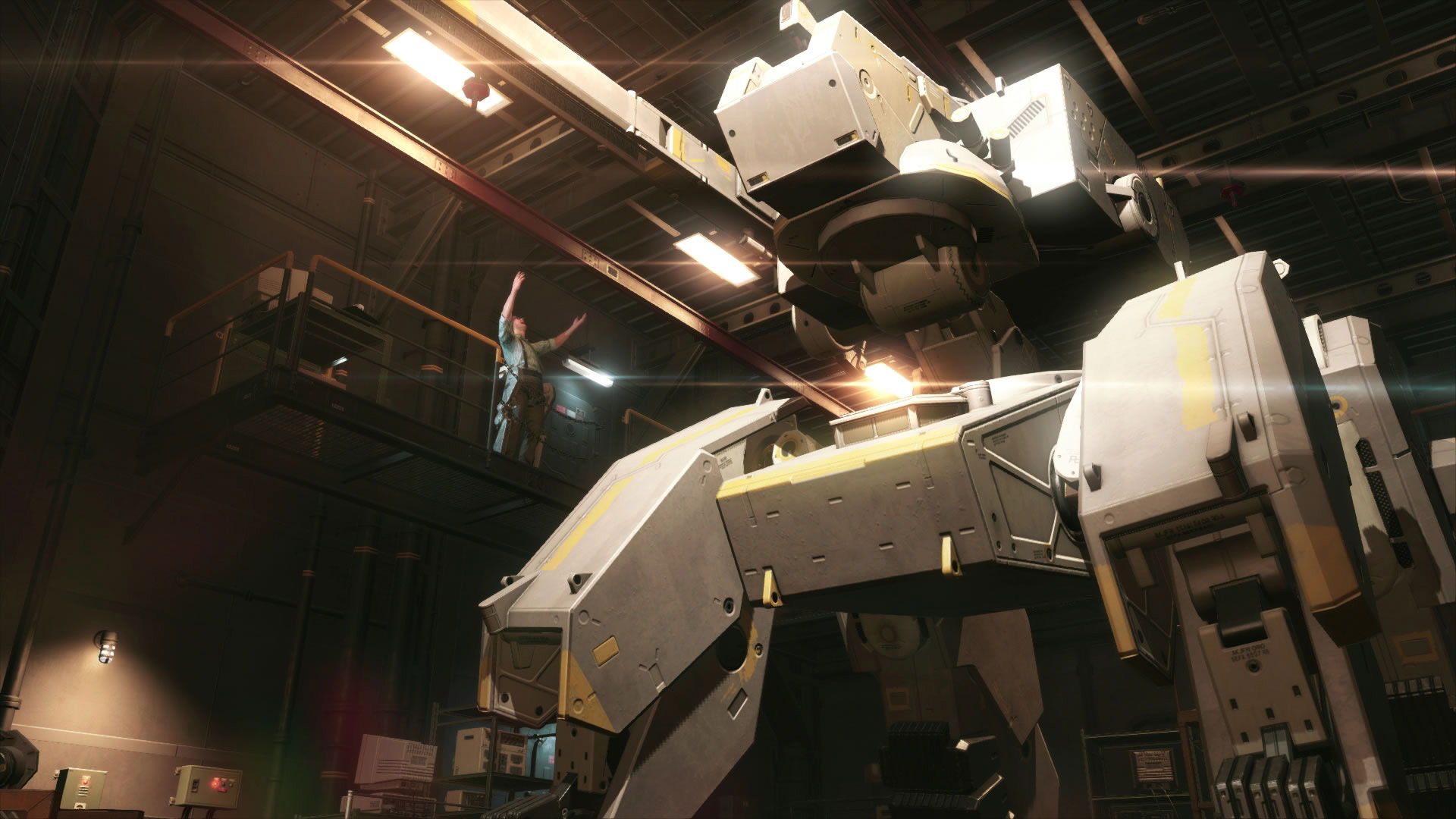Battle Gear (Metal Gear Supplement)
|
Cost: Common Originally designed using the pinnacle of Cold War technology, battle gears were intended to be a superweapon that could be deployed alongside soldiers, particularly as a counter to the growing number of walker gears, though only a single battle gear was ever fully developed, though the technology would eventually resurface decades later when newer technology could keep up with its development costs. A battle gear measures 26 feet in length, 12 feet in width, and 8 feet in height. On a full tank of gas, a battle gear has an operational range of 300 miles of travel. Due to its rugged design, a battle gear's speed is not reduced by nonmagical difficult terrain. An battle gear's crew and passengers have total cover. Active Protection System (APS) The battle gear is equipped with an APS - essentially, a massive shotgun that shoots projectiles such as missiles and rockets out of the air before they can reach the tank. As a reaction when the battle gear is hit by a high-caliber explosive projectile that the crew is aware of, the crew can attempt to shoot the projectile out of the air. Roll 1d6. On a 1, the battle gear is struck normally. On a 5-6, the damage of the attack is reduced to 0. Once the APS has been fired five times, one of the crew must use an action to reload it before it can be used again. Chemical, Biological, Radiological and Nuclear Defense (CBRN). A battle gear's crew has advantage on saving throws against radiation and harmful airborne contaminants such as gases, vapors, and inhaled poisons, and have resistance to damage from such effects. Camouflage. Battle gears are typically equipped with a multi-spectral electromagnetic camouflage system that not only provides advantage on Stealth checks made in the appropriate terrain (e.g. desert camouflage helps in a desert), but also renders the tank nigh-invisible to IR and radar. Infra-Red Sensors. Battle gears also utilize redundant sensors that effectively grant its crew 5 miles of darkvision, which is also immune to the effects of smoke, heavy precipitation, and other vision-inhibiting particulate. Armament. A battle gear has the following weapons, which are controlled by the driver. Light Autocannon: +X to hit, range 60/600 ft., one target. Hit: 20 (3d12) piercing damage 1d4 times. Must be reloaded as a bonus action after 20 shots. Rail Cannon: +X to hit, range 1200 ft. line. Hit: 2 (1d4) lightning damage, and the target is not allowed a saving throw to reduce the damage taken. Each creature in a 1200 ft. line must make a DC 20 Dexterity saving throw, taking 105 (10d20) piercing damage on a failed save, or half as much on a successful one. The shell must be removed as an action before this weapon can be reloaded as an action after 2 shots. Size: Huge |
|
Back to Main Page → 5e Homebrew → Campaign Settings → Metal Gear → Vehicles


